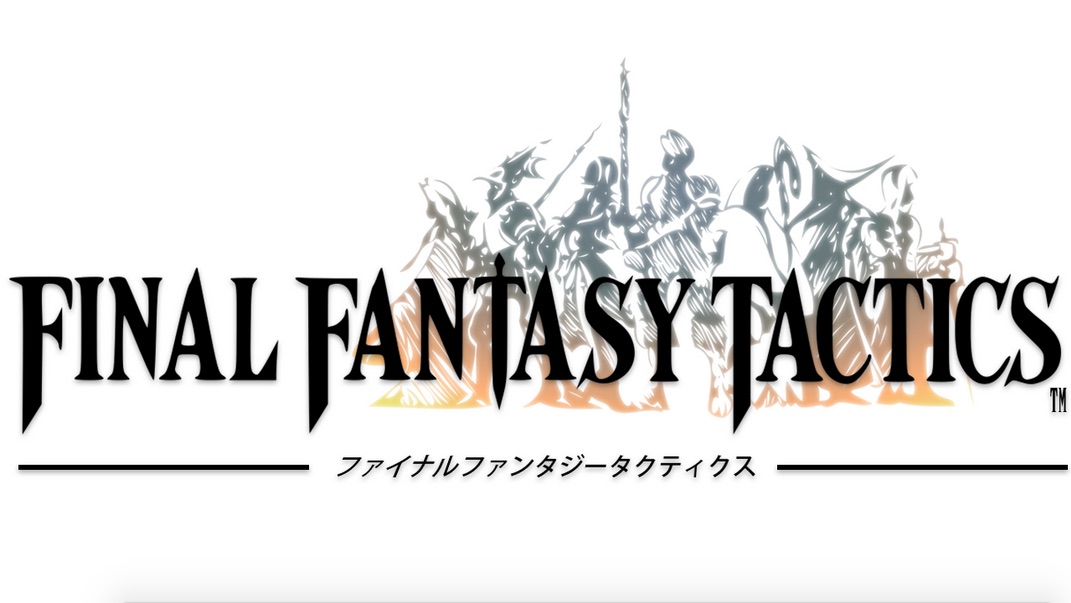Final Fantasy Tactics
Developer: Squaresoft, Square Enix
Publisher: Squaresoft, Square Enix
Platforms: PlayStation, PlayStation Vita (via PSN), PlayStation Portable (as Final Fantasy Tactics: The War of the Lions), Android (as Final Fantasy Tactics: The War of the Lions), iOS (as Final Fantasy Tactics: The War of the Lions)
Release Date: June 20, 1997
Price: $9.99 USD (via PSN)

Final Fantasy Tactics is an epic tale of two cadets from different social classes and how the horrors of war transform their perspectives. Ramza Beoulve, an idealistic young nobleman, is destined for a tragic downfall, while Delita Heiral, a low-born squire, descends into darkness, becoming a Nietzschean antihero.
This gripping narrative explores the moral complexities of war, where noble ideals clash with the harsh realities of conflict. Great men rise and fall, becoming the very demons they seek to vanquish, both literally and figuratively. Characters grapple with profound dilemmas, torn between their loyalties to their faith and their families.
The story unfolds through poignant betrayals and tense confrontations, as characters reveal their deepest secrets and motivations. Final Fantasy Tactics is like a Shakespearean tragedy, a profound exploration of human nature amidst the chaos of war.
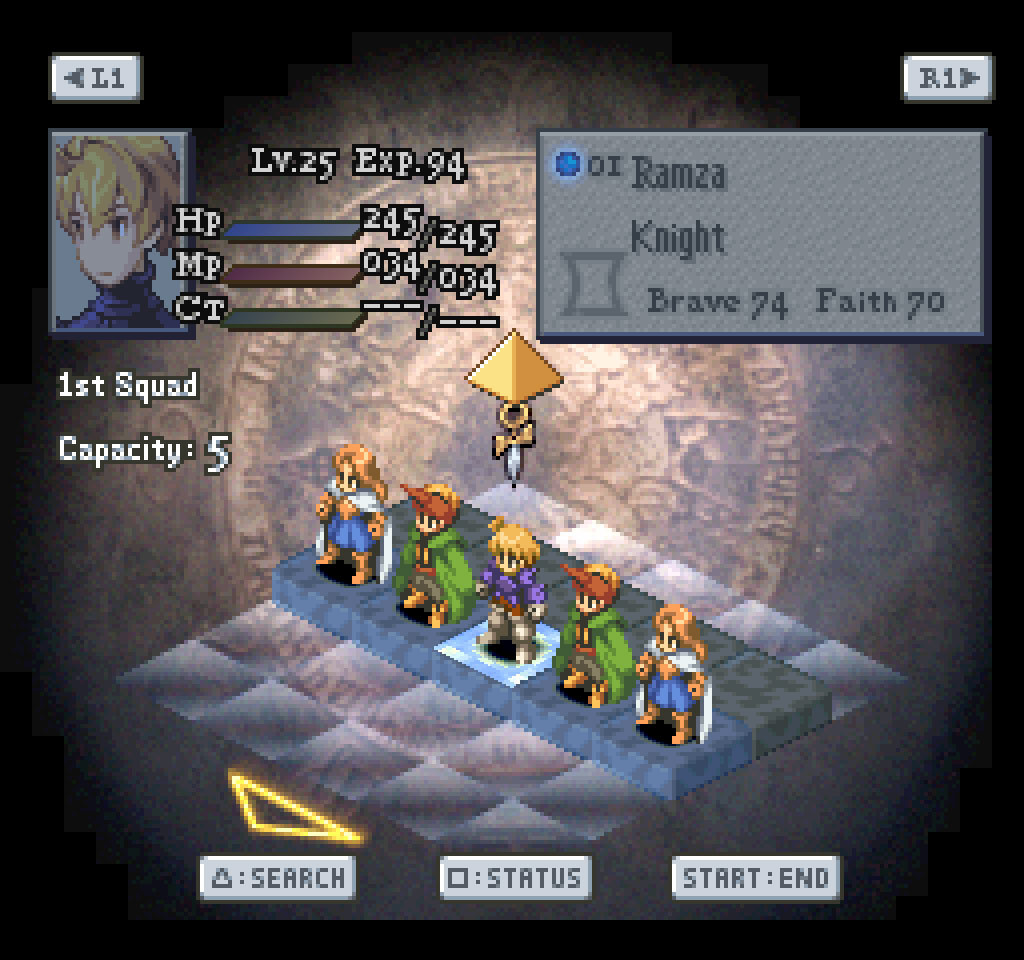
Despite the occasional grammatical or spelling error in the localization, Final Fantasy Tactics delivers an impeccably crafted narrative. The story, the drama, and the characters are so captivating that these minor flaws are easily overlooked.
The game never fails to hold your attention, with no dull moments or pointless battles. It’s a captivating tale that unfolds over years within the immersive world of Ivalice. Yasumi Matsuno has created such a believable and engaging world that RPG fans worldwide continue to obsess over it to this day.
Square Enix has kept the world of Ivalice alive long after Final Fantasy Tactics‘ release with games like the Final Fantasy Tactics Advance series, Vagrant Story, and even setting within the twelfth mainline Final Fantasy game in the same universe.
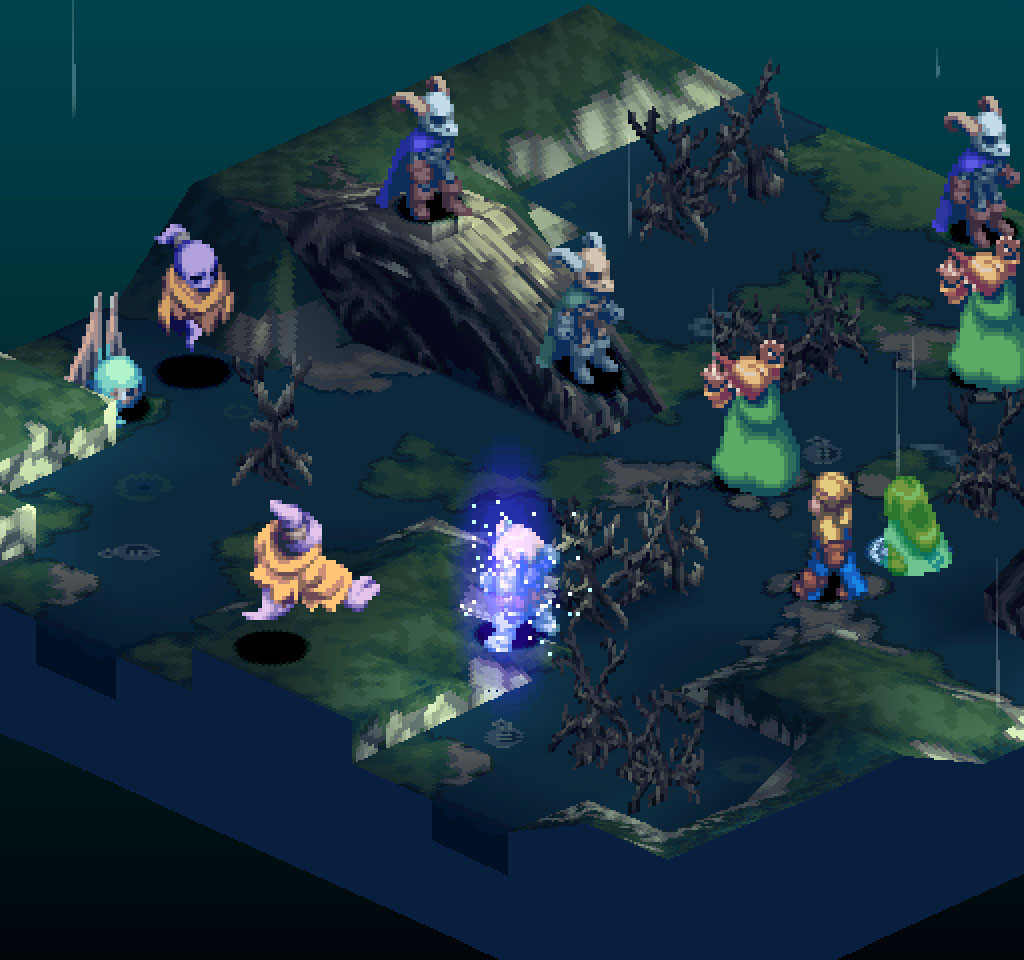
Final Fantasy Tactics marked a pivotal moment in the evolution of the long-standing Final Fantasy franchise, reintroducing the job class system that had been absent from mainline games since Final Fantasy V. This innovative system transformed the traditional character development paradigm, empowering players with unprecedented freedom to craft their characters into formidable warriors tailored to their strategic preferences.
The job system in Final Fantasy Tactics was a groundbreaking expansion of a classic mechanic that introduced a myriad of new possibilities. Players were no longer confined to the rigid confines of predefined character classes; instead, they were granted the autonomy to mold their units into versatile warriors capable of mastering a diverse range of skills and abilities.
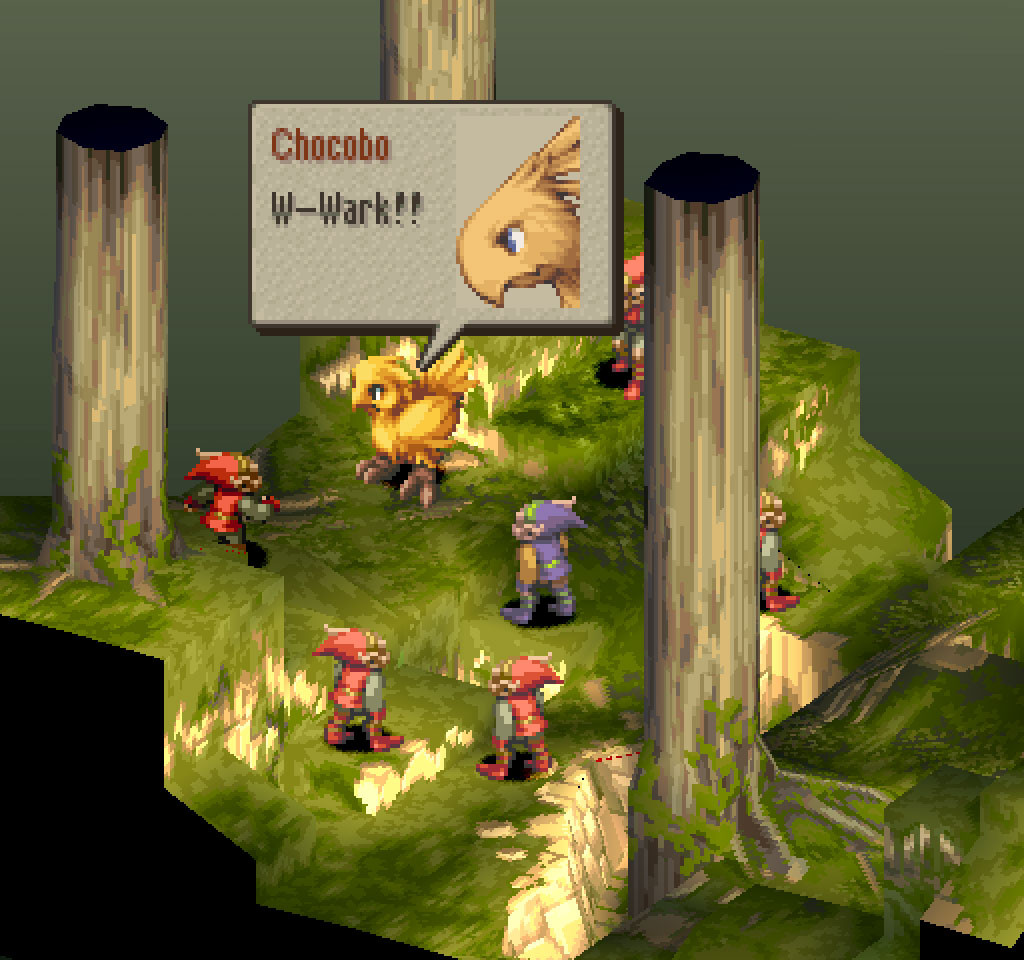
With a plethora of job classes to choose from, each possessing unique strengths and weaknesses, the possibilities for character builds were virtually limitless. Players could embark on a journey of experimentation, exploring various combinations of job classes and abilities to discover synergistic combinations that could dominate the battlefield.
The freedom to experiment was not merely a pastime; it was an integral part of Final Fantasy Tactics‘ charm. Players were encouraged to think outside the box, devising unorthodox strategies and character builds that could potentially break the game. This element of unpredictability kept the game fresh and engaging, as players constantly sought to refine their strategies and discover new ways to utilize the job system’s potential.
Being able to freely break the game has become a part of the strategy of Final Fantasy Tactics. It is like a reward for creative thinking. It is an inevitable trade-off to being able to have nigh-endless freedom to customize.

Akihiko Yoshida’s art is synonymous with the Ivalice Alliance franchise. His unique penmanship, which masterfully captures texture and detail, lends Final Fantasy Tactics an iconic visual style. This sprite art ranks among Square’s finest work from the 1990s.
Each sprite exudes personality and boasts a wide range of meticulously designed animations. Coupled with Hitoshi Sakimoto’s truly epic music, the atmosphere of Final Fantasy Tactics is unmistakable and definitive. Undoubtedly, the music stands as one of the greatest video game soundtracks of all time.
The soundtrack is a dynamic entity, adapting to the ebb and flow of the game’s narrative. In moments of quiet contemplation, Sakimoto’s melodies become soft and introspective, reflecting the characters’ inner turmoil and the weight of their burdens. When the battle trumpets sound and the clash of steel commences, Sakimoto’s music transforms into a whirlwind of adrenaline-fueled crescendos, perfectly capturing the intensity and chaos of war.
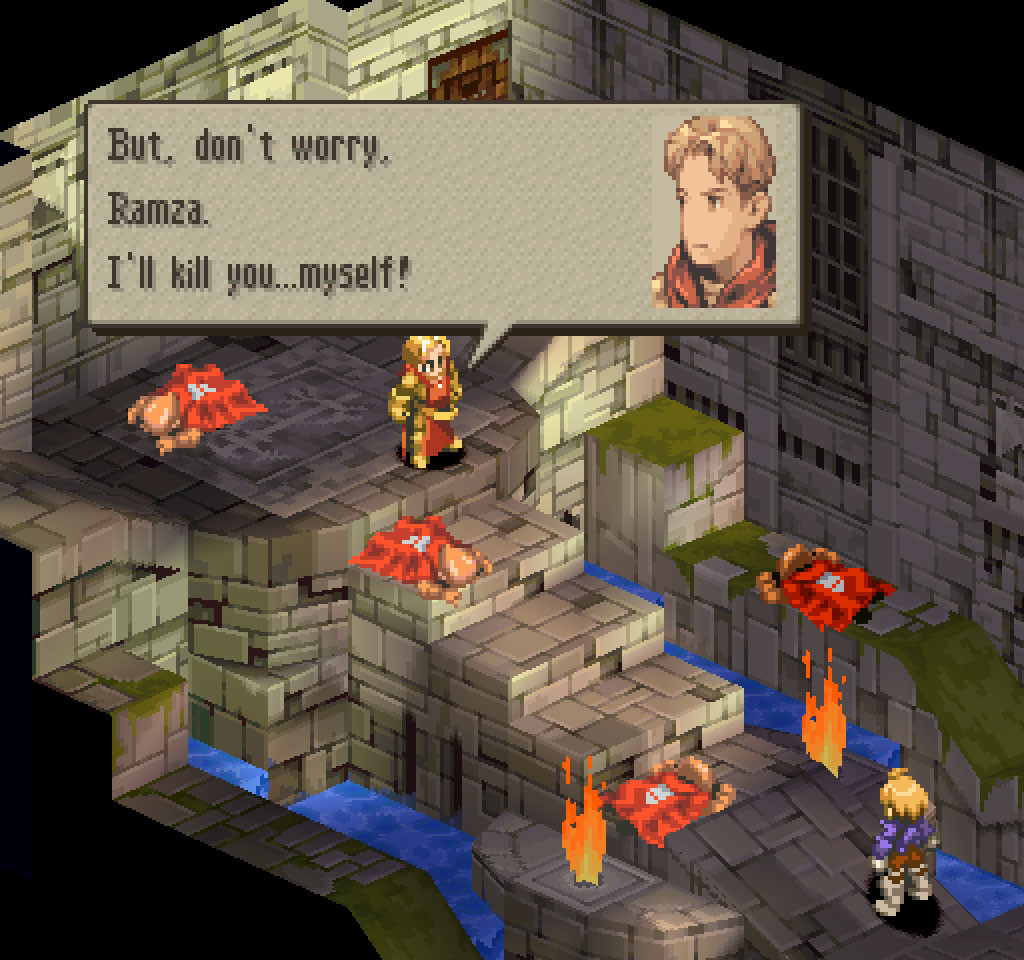
The music’s crowning achievement lies in its ability to evoke the very essence of the medieval period, infusing the game with an air of authenticity and grandeur. Sakimoto’s masterful use of midi recreates the grandeur of medieval court music, while his incorporation of traditional folk melodies adds a touch of rustic charm.
The music swells with emotion, peaking, and sweeping melodies while maintaining a medieval ambiance. Its rich and distinctive atmosphere transforms even lengthy battles into exhilarating experiences. Even Sakimoto’s subsequent work on spin-offs rarely matches the epic majesty and sublime majesty of Final Fantasy Tactics‘s music.
Despite its overall excellence, Final Fantasy Tactics is not without its flaws. Some areas suffer from balancing issues, leading to a few frustrating encounters that can abruptly end your game if the game’s random number generator (RNG) decides to turn against you. Additionally, certain multi-stage battles that offer save points between fights can permanently lock the game if your team is not powerful enough to overcome the challenges.
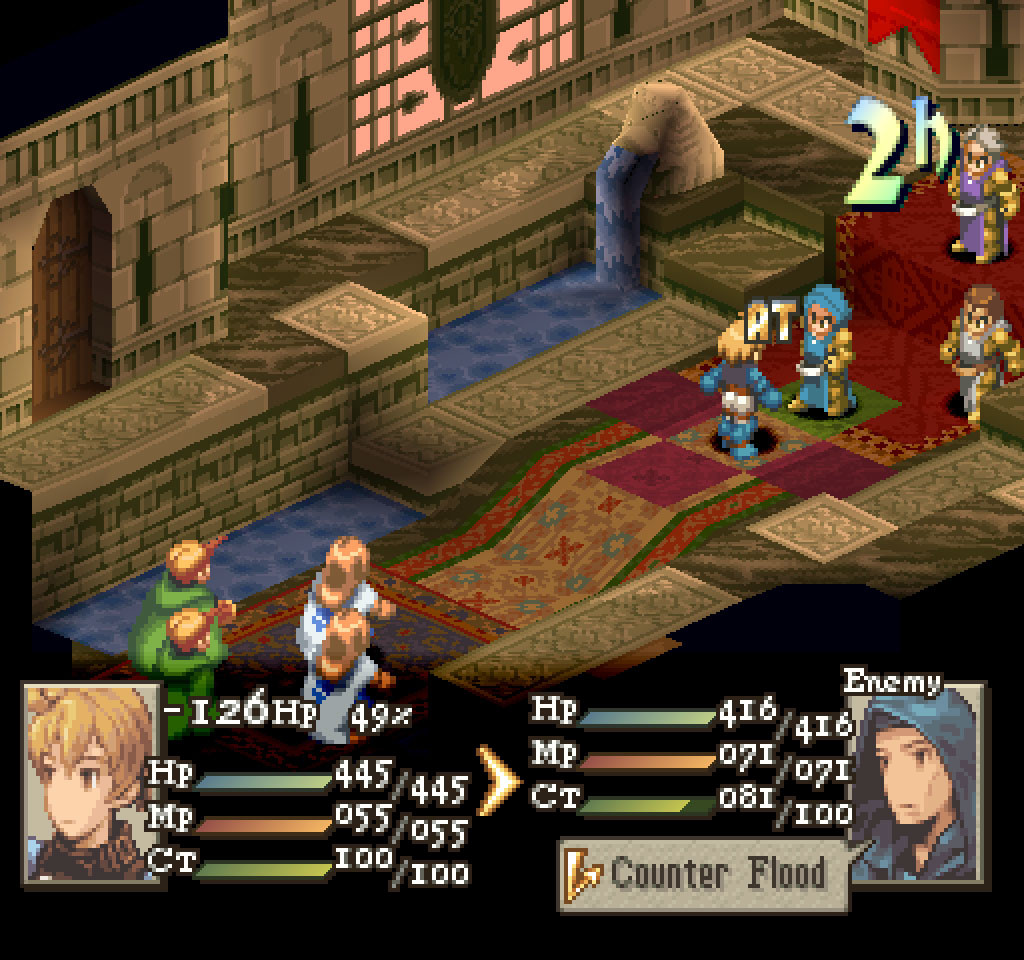
This can be extremely discouraging for new players who reach the end of the third chapter, only to find themselves unable to defeat the formidable Wiegraf and become trapped in a game file that prevents them from progressing. In such cases, the only option is to replay the entire game, which can be a daunting task.
Final Fantasy Tactics is available on multiple platforms, but the original PlayStation version is widely considered to be the best due to its smooth performance and classic 90s-era charm in the translation. While there is an enhanced port available on PSP, its dreadful performance and additional content don’t outweigh the original’s strengths.
Fortunately, Square Enix recognizes the original PlayStation version’s superior quality and has made it available on PSN for PS3, PS Vita, and PSTV for a reasonable price of $9.99. For those seeking the most authentic and enjoyable Final Fantasy Tactics experience, the original PlayStation version remains the definitive choice.
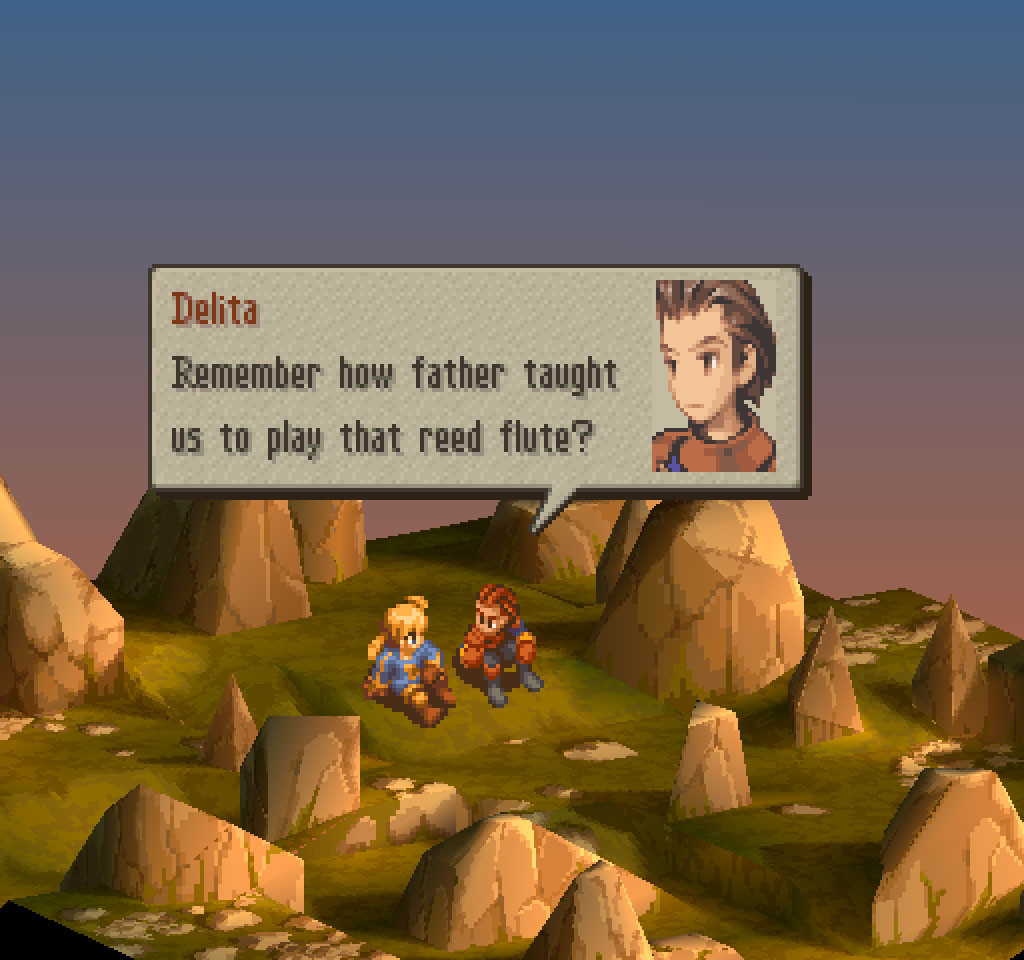
Final Fantasy Tactics stands as a testament to the enduring quality of great storytelling and gameplay. Despite its release in 1998, the game’s narrative and characters remain captivating and engaging, while its strategic gameplay continues to be addictive and rewarding.
Describing Final Fantasy Tactics doesn’t do it justice. It’s one of the rare games that treats players with respect, assuming their intelligence and challenging them with both its story and gameplay. If you’re seeking a mature and thought-provoking game with a compelling narrative, Final Fantasy Tactics is a must-play experience.
Final Fantasy Tactics was reviewed on PlayStation using a copy purchased by Nichegamer. You can find additional information about Niche Gamer’s review/ethics policy here. Final Fantasy Tactics is now available for Apple iOS (via app Store), Android, PlayStation Portable, PlayStation 3 (via PSN), and the original PlayStation.
